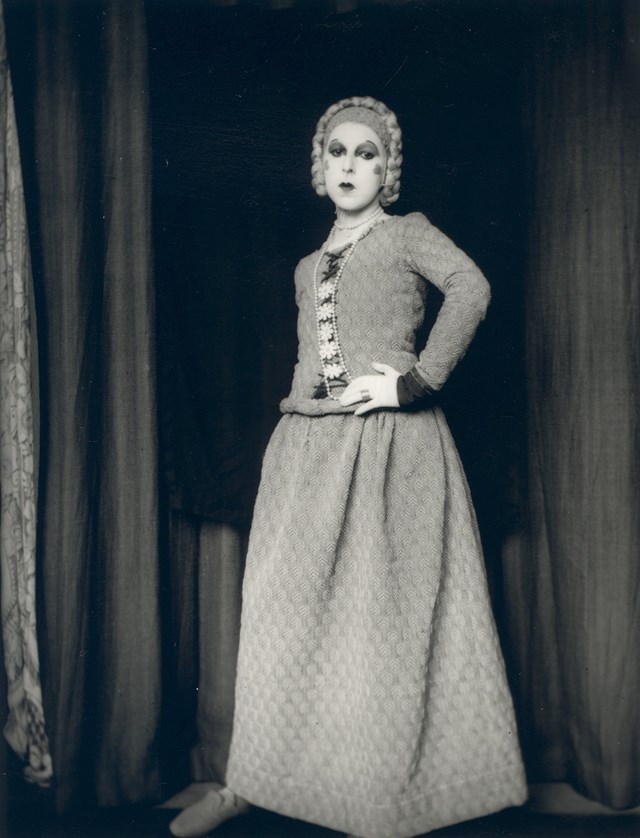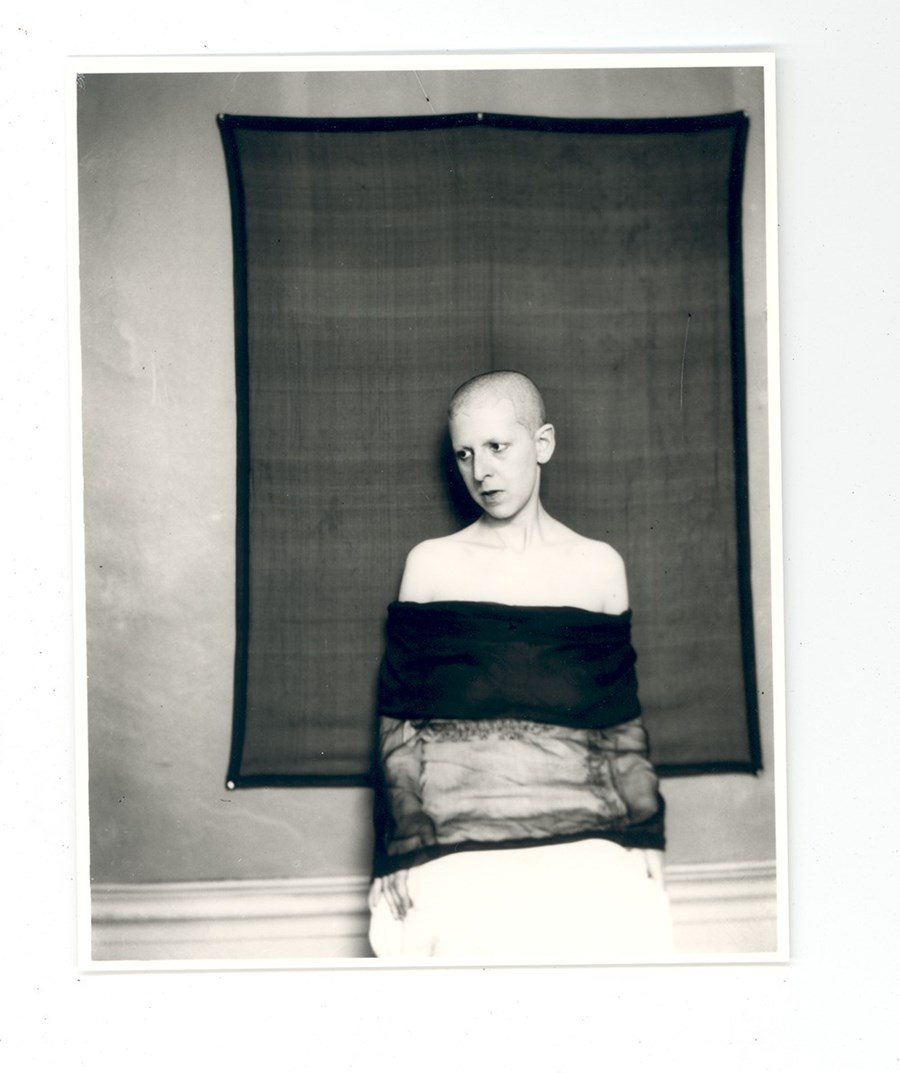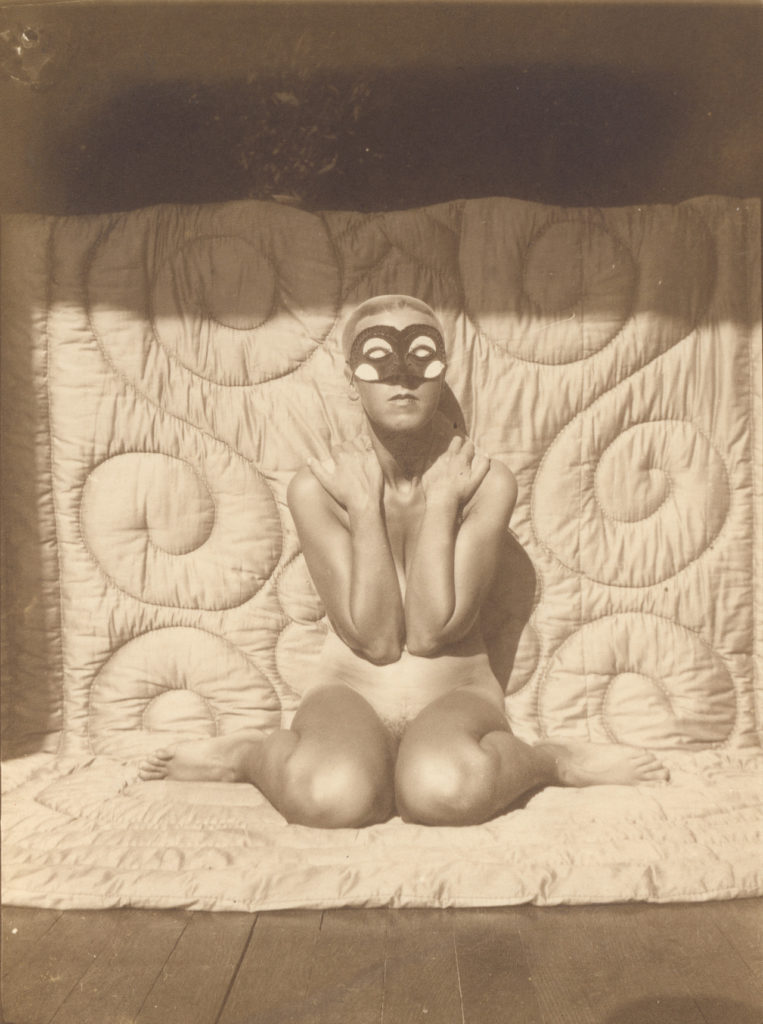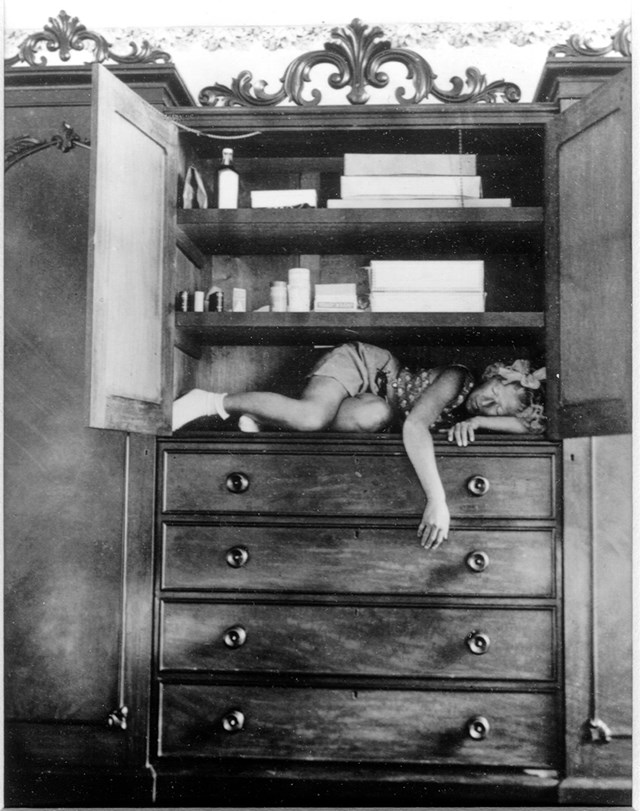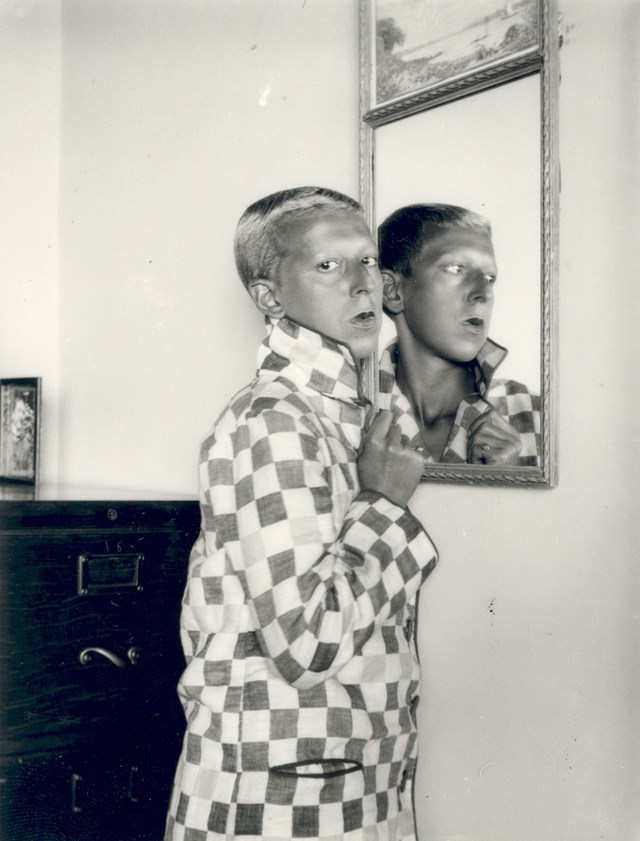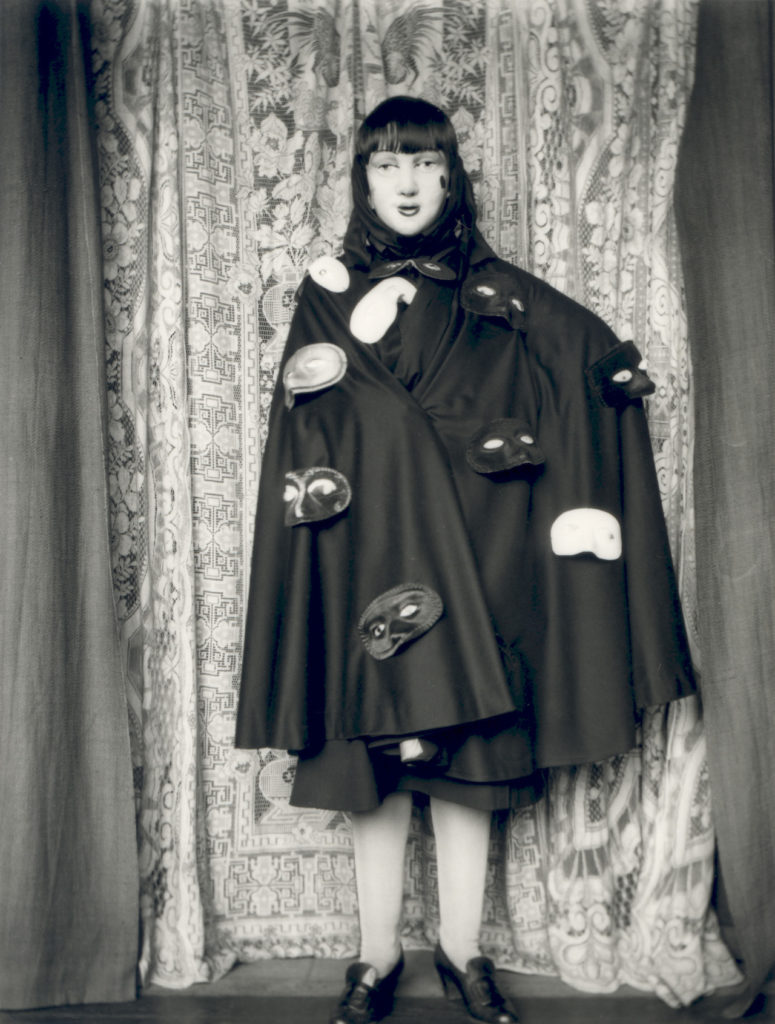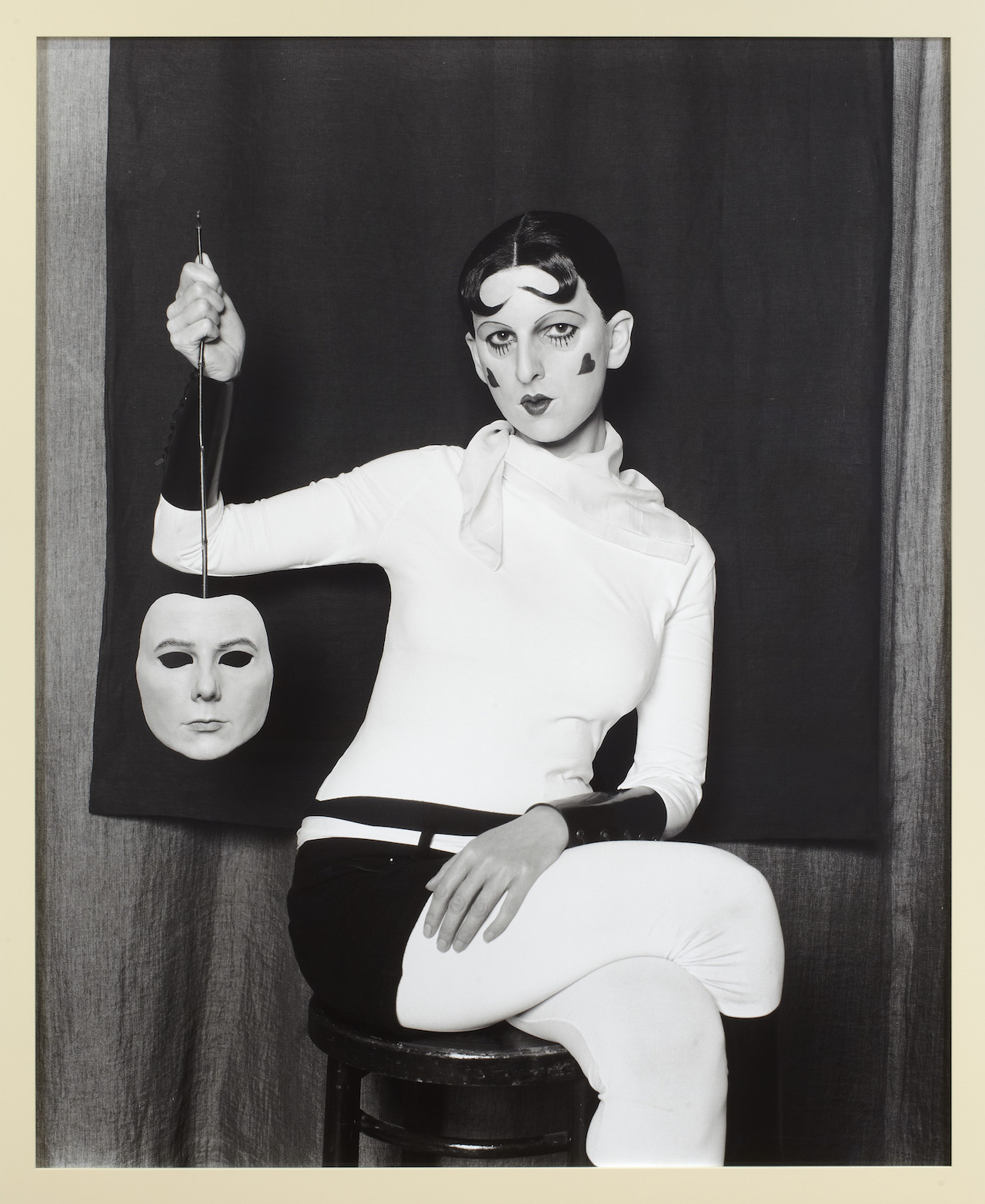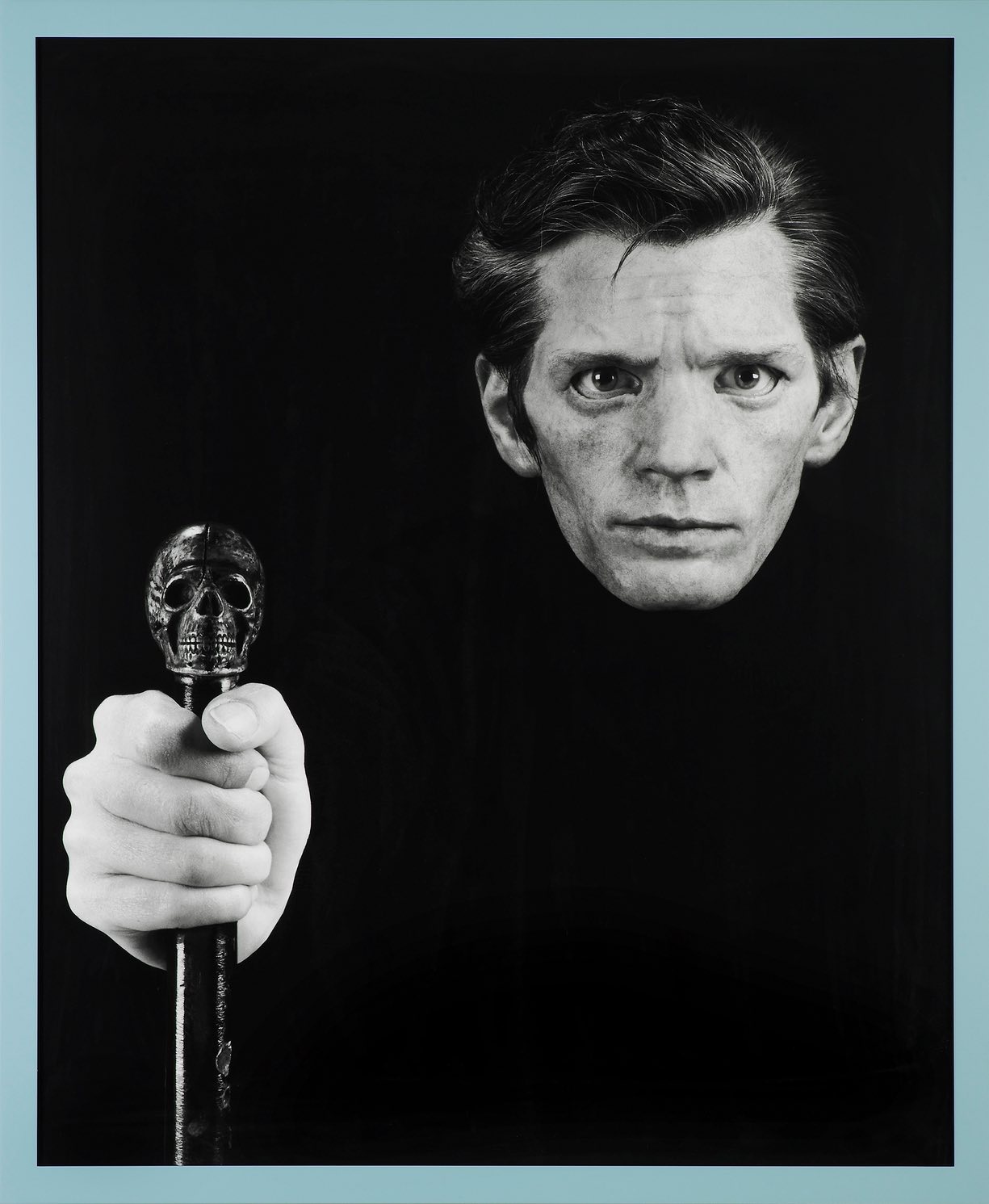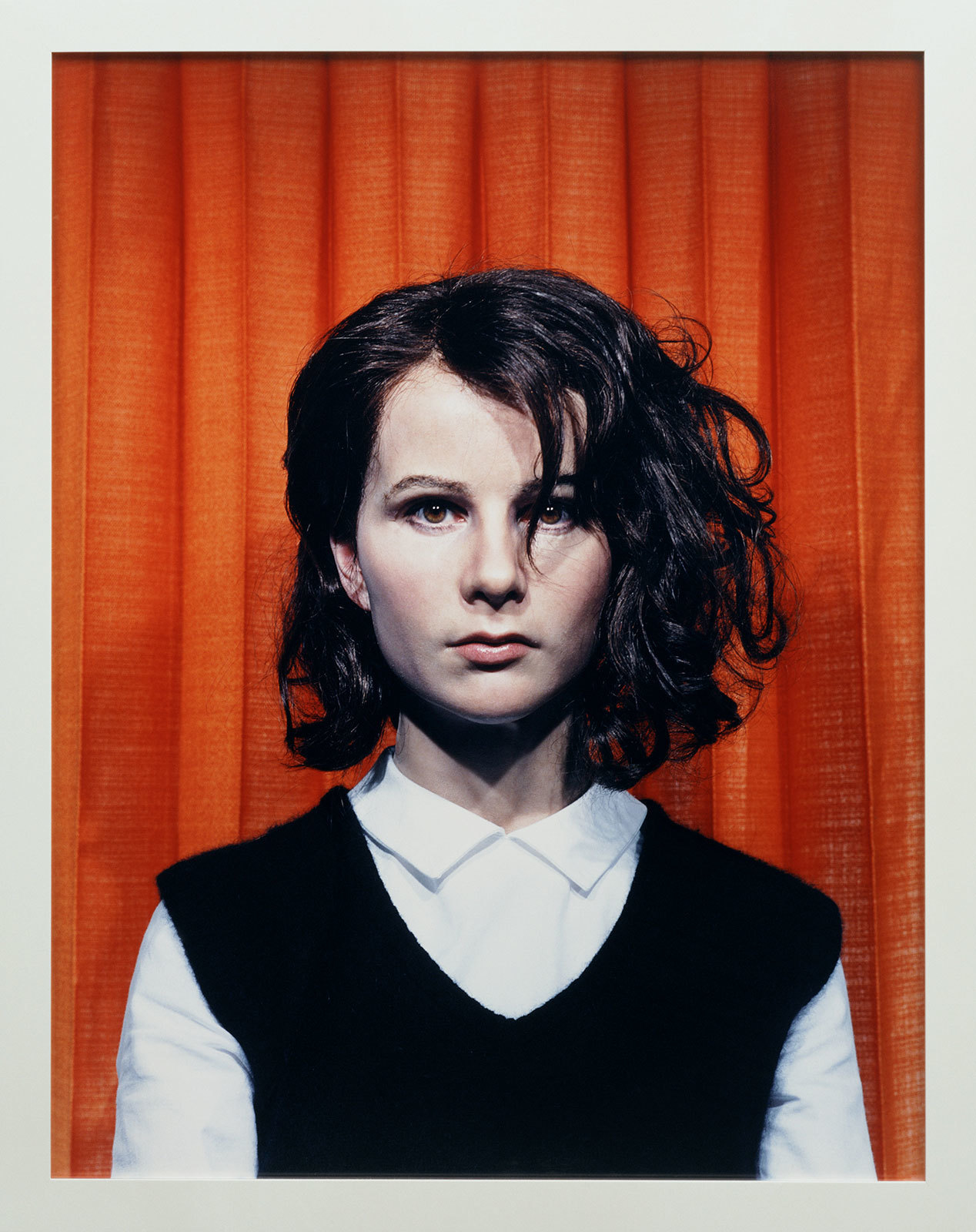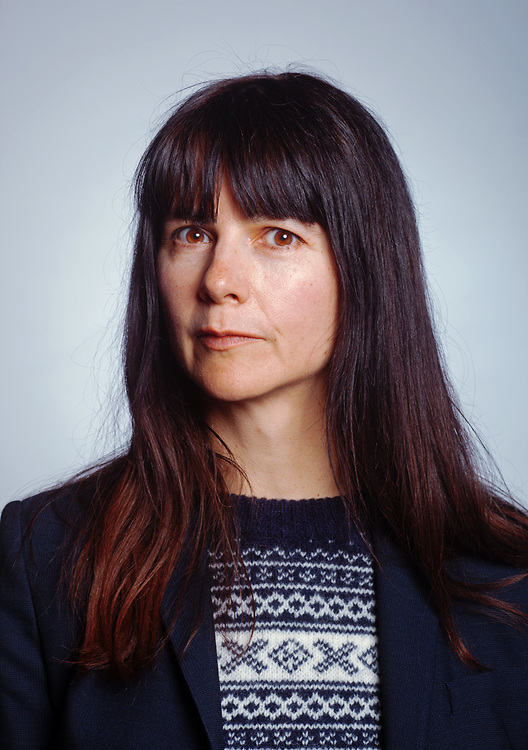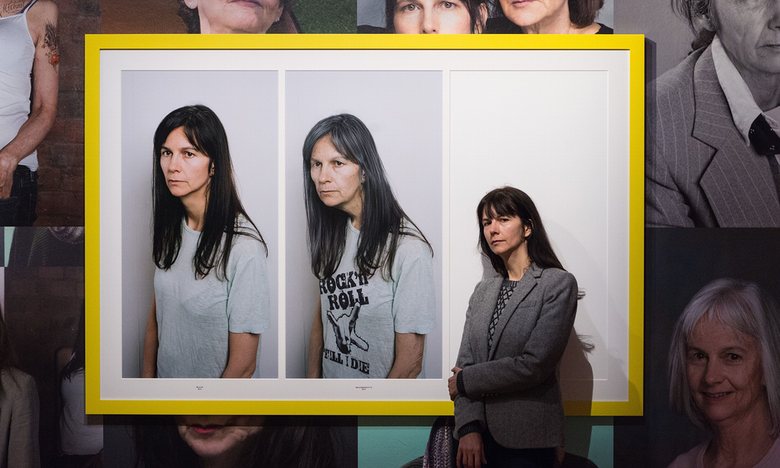‘Behind the mask, another mask’
“I will never be finished removing all these faces”
A small peep into the artist who performed through concealment– Frances Crossley on Claude Cahun and the exhibition, ‘Behind the mask, another mask’
By Frances Crossley @frannycrossley
“Sous ce masque un visage. Je n’en finirai pas de soulever tous ces visages”
or
“Beneath this mask, another mask. I will never be finished removing all these faces”
Claude Cahun, 1930
Claude Cahun professed in her autobiography, in in all her non-binary non-conforming gender-neutral finery, “Shuffle the cards. Masculine? Feminine? It depends on the situation. Neuter is the only gender that always suits me.” This blatant disregard for categorisation remained a prolific statement that Cahun continually appropriated throughout her life and artwork, the boundaries of these two dimensions remaining suitably forever blurred. She lived a life supposedly enveloped in mystery, but to me she is an artist of OUR generation, one that we can claim as our own. She never allowed herself to be deterred by the constraint inherent in her own time, but seemingly was spurred on by it.
Cahun was an undiscovered treasure to me until this year. Her work was mentioned in a lecture I attended on ‘Feminisms’ in relation to two key texts: ‘Unpicking the Seams of her Disguise: Self Representation in the Case of Marie Bashkirtseff’ (1987) by Tamar Garb and ‘Womanliness as a Masquerade’ (1929) by Joan Riviere.
Cahun’s work knowingly underscores a prevalent and problematic issue that still run riots in the intersectional discipline of our art history today: the ways in which the figure of the woman artist has been written into, or in fact more pressingly, written out of the art historical canon. Nevermore so than now has this issue received such an overwhelming amount of attention. We have those, such as the fierce female collective Guerrilla Girls, to thank for the changing in these tides.
However, though our galleries and public creative spaces appear to be striving to instil some form of change, it appears the woman artist is still being asked to construct her identity within her work to make real, meaningful statements. Whether sacrificial or celebratory, a manipulation of gender will always resonate with more weight in an audience aware of the ever-prevalent gender inequality.
Though Cahun remains relatively unknown to the wider masses, her work is becoming relevant again and being reintroduced into the folds of today’s conversation on gender politics. Joan Riviere was writing in the same instrumental period in which Cahun was producing her seminal photographic series of theatrical self-portraits. A body of images that tie her intricately to the much later work of British artist Gillian Wearing. This is not only a fascinating union that has been made between the two bold and innovative woman artists but a long overdue one – one that Wearing herself made five years ago with her work ‘Me as Cahun, Holding a Mask of My Face’ (2012). Another interesting layer of tension that defines this matrimony is that it is to be housed within an institution that is dedicated solely to the art of portraiture. Here a definite comment is made, that both Cahun’s and Wearing’s individually coded disguises can be appropriated as a form of self-portraiture.
Though in an ideal world Cahun would be given her own space to support the magnitude of her work, a solo retrospective at the National Portrait Gallery still seems out of reach. Mind you, if the connection that has been established between these two artists means that a greater viewing audience will learn about Cahun’s transcendent character, then who am I to complain? They were born close to seventy years apart and share no real, substantial connection to one another apart from that subtly informed by their artistry. Their exploration of identity and gender, in a likeness, play out through their illusionary conception of masquerade and performance in their work.
Cahun was born Lucy Schwob in 1894 and though she didn’t conscribe to the formal categorisations that society once expected of us, that of binary gender and sexuality, for those who need a more defined shape of her person you could potentially describe her as a transgender, anti-fascist, Jewish lesbian. In the France of 1927, where she created her series ‘I am in training don’t kiss me’, she was a rarity of epic proportions. I find it much easier to contextualise Cahun’s work within my own world than that of the one in which it was created. To say she was ahead of her time is a disservice to her practise. If you look back into the gaze that is held, unwavering in her self-portrait from ‘I am in training don’t kiss me’ (the words emblazoned on her chest), you are commanded to invest your own complicity within her form.
The kiss curls that illustrate the ornate shape of her forehead, the neatly painted on Clara Bow lips and black spots that draw attention to her lack of full bosom, the unapologetically constructed pose. This image is iconic in a way that Wearing felt it justified a replication, maybe even demanded. Her own face in mask-form, dangling at arms-length from that of the freshly painted imitation of Cahun’s, a newer image that narrates the old, that readily informs the tone of this new exhibition.
Spend time with Cahun. Her work demands a different form of attention to that of Wearing’s. It’s on a different visual register. The large-scale work of Wearing seems made ready-fit for the oversized walls of the gallery space. It unknowingly advertises the fragility of Cahun’s self-portraits. Self-portraits for self-identification, self-affirmation, for your own sense of self. In a time where this exploration of self could be irreparably damaging to one’s own being, Cahun was willing to flaunt her own curiosity. Though the rare exploration of self was extended by Wearing it was initiated by Cahun and with grave risk came rich responsibility. It just took this long for us to find it. Her. Claude.
#WearingCahun #InternationalWomensDay
The exhibition ‘Gillian Wearing & Claude Cahun / Behind the mask, another mask’ is on display at the National Portrait Gallery from 9 March – 29 May 2017.
The exhibition was organised in collaboration with Gillian Wearing and supported by the Gillian Wearing & Claude Cahun Supporters Group
If you want to know more about Claude Cahun, the NPG has an informative list of ‘ten things you need to know about this extraordinary artist’: http://www.npg.org.uk/whatson/wearing-cahun/explore/claude-cahun/


